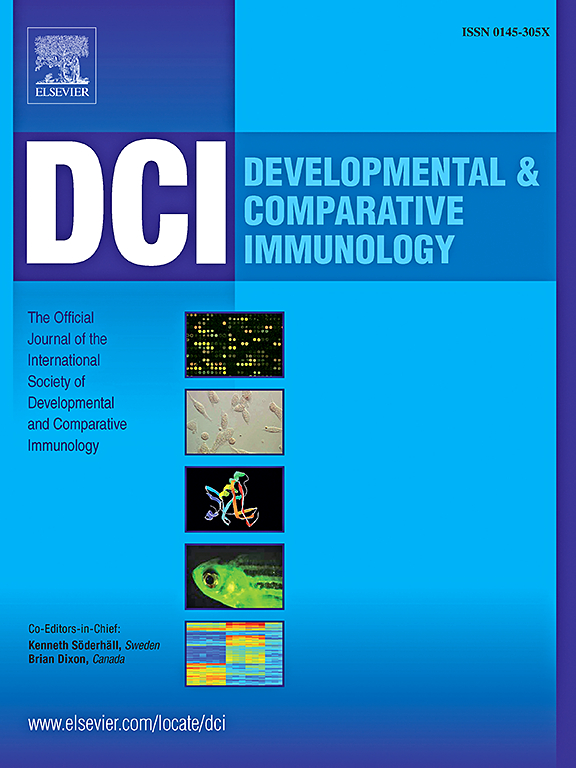An integrated investigation of major environmental stressors on the Pacific white shrimp Litopenaeus vannamei
IF 2.7
3区 农林科学
Q1 FISHERIES
引用次数: 0
Abstract
Ammonia, nitrite and sulfide are major environmental stressors in aquaculture. They can injury tissue structure, interfere with the immune system, impair growth and development, and make aquatic animals more vulnerable to infections. In the present study, four groups were set up as Control group (no treatment), Ammonia group (30 mg/L ammonia-N), Nitrite group (60 mg/L nitrite-N) and Sulfide group (4 mg/L sulfide), so as to examine the effects of different environmental stressors on histopathology, immune indices and transcriptome of Litopenaeus vannamei. After 48 h stimulation, the results showed that all the three environmental stressors caused damage to the hepatopancreas, midgut, muscle and gill tissues of the shrimp, and that the hepatopancreas and midgut were the most seriously damaged and the muscle was the least affected. Superoxide dismutase (SOD) activity increased and total antioxidant capacity (T-AOC) activity decreased in all the three treatment groups. Glutathione peroxidase (GSH-PX) activity decreased significantly in Sulfide group and alkaline phosphatase (AKP) activity increased significantly in Ammonia and Nitrite groups. In the hepatopancreas of the Ammonia, Nitrite, and Sulfide groups, transcriptome analysis revealed 709, 715 and 289 differential expressed gene (DEGs), respectively. GO and KEGG enrichment demonstrated that the three environmental stressors had an impact on the shrimp's immune response, metabolic processes, growth and development. The combination of histopathology, immune indicators, and transcriptome yielded that the Nitrite group had the most serious impact on the shrimp, followed by Ammonia group, while Sulfide group had the least impact.
求助全文
约1分钟内获得全文
求助全文
来源期刊
CiteScore
6.20
自引率
6.90%
发文量
206
审稿时长
49 days
期刊介绍:
Developmental and Comparative Immunology (DCI) is an international journal that publishes articles describing original research in all areas of immunology, including comparative aspects of immunity and the evolution and development of the immune system. Manuscripts describing studies of immune systems in both vertebrates and invertebrates are welcome. All levels of immunological investigations are appropriate: organismal, cellular, biochemical and molecular genetics, extending to such fields as aging of the immune system, interaction between the immune and neuroendocrine system and intestinal immunity.

 求助内容:
求助内容: 应助结果提醒方式:
应助结果提醒方式:


